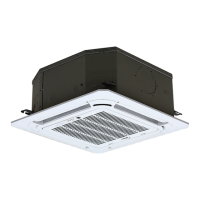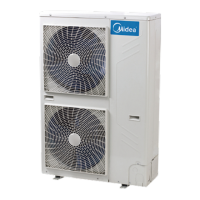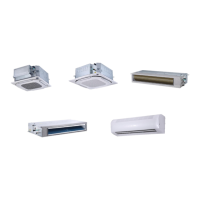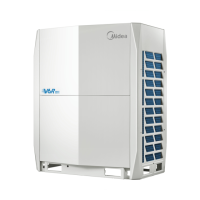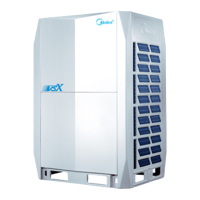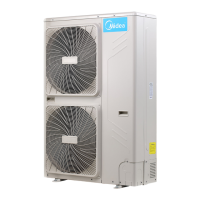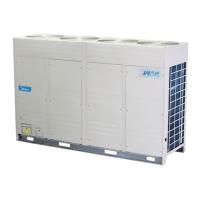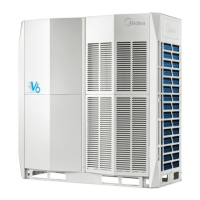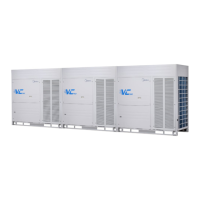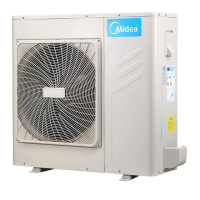Notes:
1. An indoor load that is too large causes suction and discharge temperatures to be higher than normal.
2. Excess refrigerant causes discharge temperature to be lower than normal, discharge pressure to be higher than normal and suction pressure to be higher
than normal. For excess refrigerant system parameters refer to Table 6-4.4 in Part 6, 4.3 “Parameters of Excess and Insufficient Refrigerant System”.
3. Air or nitrogen in the system causes discharge temperature to be higher than normal, discharge pressure to be higher than normal, compressor current to
be higher than normal, abnormal compressor noise and an unsteady pressure meter reading. For insufficient refrigerant system parameters refer to Table 6-
4.5 in Part 6, 4.3 “Parameters of Excess and Insufficient Refrigerant System”.
4. In cooling mode check outdoor heat exchangers, fans and air outlets for dirt/blockages. In heating mode check indoor heat exchangers, fans and air outlets
for dirt/blockages.
5. High pressure side blockage causes discharge temperature to be higher than normal, discharge pressure to be higher than normal and suction pressure to
be lower than normal. For insufficient refrigerant system parameters refer to Table 6-4.5 in Part 6, 4.3 “Parameters of Excess and Insufficient Refrigerant
System”.
6. Set a multi-meter to buzzer mode and test any two terminals of P N U V W of the inverter module. If the buzzer sounds, the inverter module has short-
circuited.
7. The normal resistances of the inverter compressor are 0.05-0.15Ω among U V W and infinite between each of U V W and ground. If any of the resistances
differ from these specifications, the compressor has malfunction.
8. Set a multi-meter to buzzer mode and test any two terminals of P N U V W of the DC fan drive board. If the buzzer sounds, the DC fan drive board has short-
circuited.

